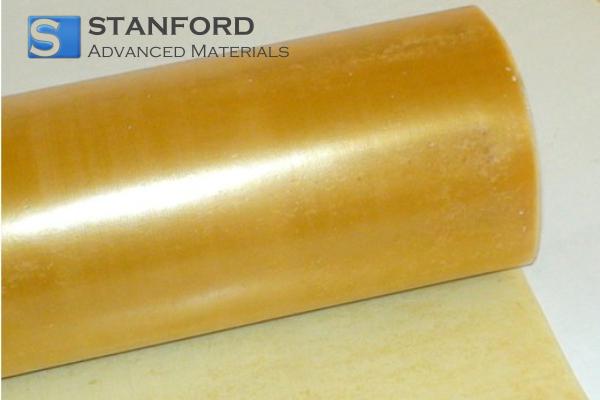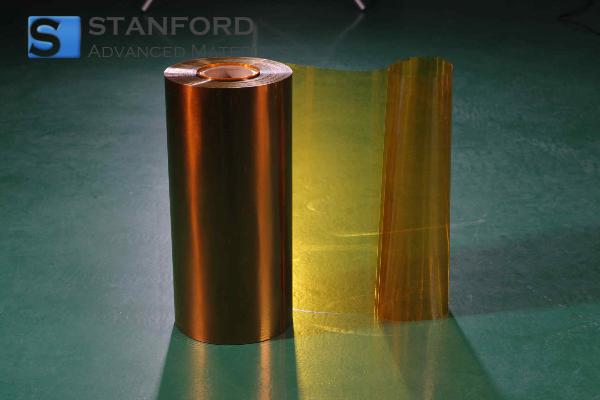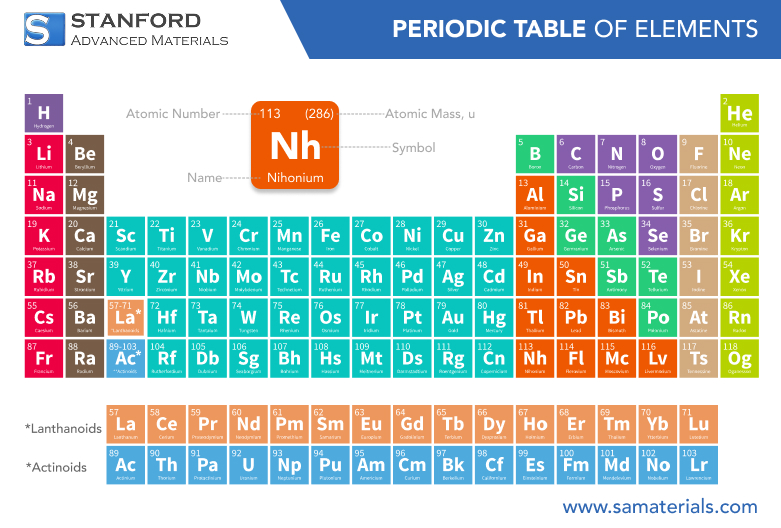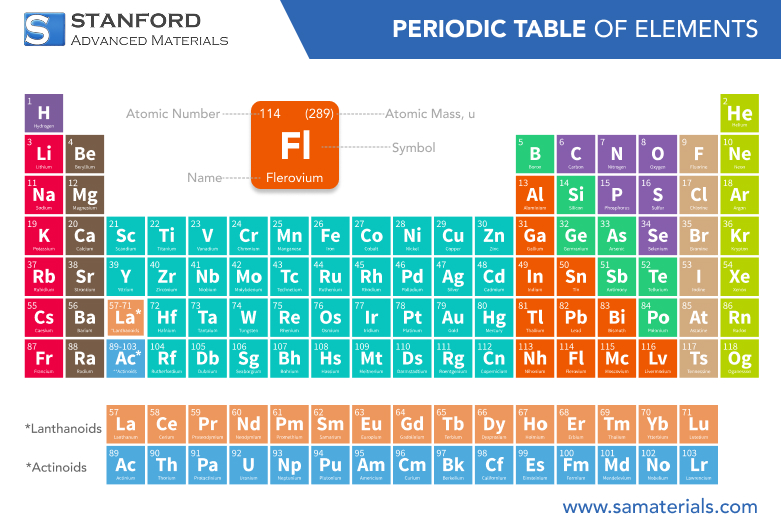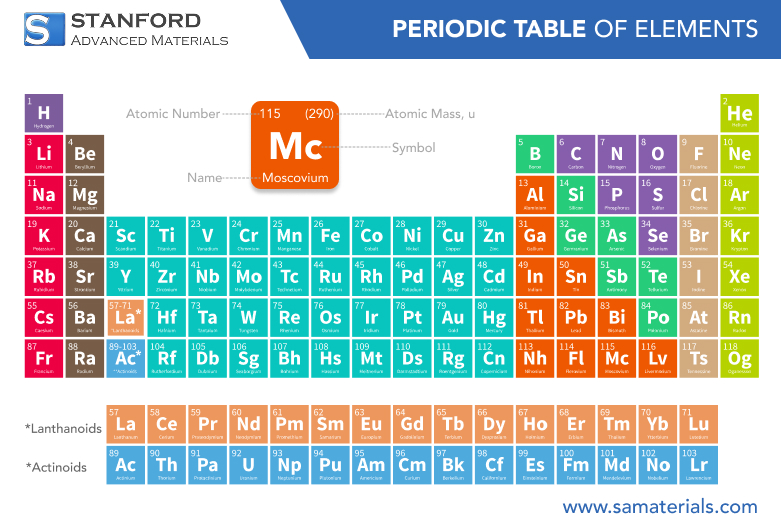Nickel: Element Properties and Uses
Description
Nickel is a transition metal with significant importance in various industries due to its unique properties. This blog provides an overview of its characteristics, uses, and production methods.
Introduction to the Element
Nickel (Ni) is a metallic element in the transition metals group of the periodic table. It is a silvery-white metal that is known for its corrosion resistance and ability to form alloys. Nickel is found naturally in minerals such as pentlandite, garnierite, and laterite. It is commonly used in the production of stainless steel and other industrial materials.
Nickel was first discovered in 1751 by Swedish chemist Axel Fredrik Cronstedt. The metal is highly valued for its strength, malleability, and resistance to oxidation, making it ideal for use in a variety of applications.
Chemical Properties Description
Nickel exhibits a variety of important chemical properties that make it highly useful in industrial applications. It is known to be relatively stable in air and can form a protective oxide layer that resists further oxidation. Here are some of the key chemical properties of nickel:
- Reactivity: Nickel is relatively unreactive with air and water, forming a stable oxide layer on its surface.
- Acidity and Alkalinity: Nickel reacts with both acids and bases, forming soluble salts.
- Alloying: Nickel can combine with many metals, such as iron and copper, to form alloys that are stronger and more resistant to corrosion.
These properties contribute to nickel's widespread use in making corrosion-resistant materials, particularly stainless steel.
Physical Properties Data Table
Here is a table summarizing the physical properties of nickel:
Property | Value |
Atomic Number | 28 |
Atomic Weight | 58.6934 u |
1455°C | |
Boiling Point | 2913°C |
Density | 8.908 g/cm³ |
Electrical Conductivity | 1.43 × 10⁶ S/m |
Color | Silvery-white |
Hardness (Vickers) | 400 HV |
Nickel is a hard and ductile metal that is a good conductor of electricity. Its high melting point and resistance to corrosion make it suitable for high-temperature applications. For more information, please check Stanford Advanced Materials (SAM).
Common Uses
Nickel has a wide range of applications due to its favorable properties, such as strength, durability, and corrosion resistance. Some of the most common uses include:
- Stainless Steel: Nickel is a key component of stainless steel, contributing to its strength, resistance to corrosion, and longevity.
- Batteries: Nickel is used in rechargeable batteries, including nickel-cadmium (NiCd) and nickel-metal hydride (NiMH) batteries, due to its ability to store and release energy.
- Coinage: Nickel is used in the production of coins, especially in alloys with copper, due to its resistance to corrosion and attractive appearance.
- Alloys: Nickel is used to create a variety of alloys, such as nichrome (used in heating elements) and Monel (used in marine applications), due to its high resistance to corrosion.
Preparation Methods
Nickel is primarily extracted from its ores using two main methods: pyrometallurgical and hydrometallurgical processes.
- Pyrometallurgical Method: This method involves heating the nickel-containing ores in a furnace to separate the metal from other elements. The process may also involve smelting to produce nickel matte, which is then further refined.
- Hydrometallurgical Method: In this method, nickel ores are treated with acids or alkaline solutions to extract nickel through leaching. The metal is then purified by electrolysis.
These methods help to obtain pure nickel or its alloys for various industrial uses.
Related Industrial Products
Nickel is a key element in many industrial products. Some examples include:
- Stainless Steel: Used in construction, automotive, and kitchenware industries.
- Catalysts: Nickel is used as a catalyst in hydrogenation reactions in the chemical industry.
- Plating: Nickel is often used in electroplating to provide a corrosion-resistant surface on metals.
Nickel's versatility makes it a crucial component in various sectors such as manufacturing, energy storage, and transportation.
Frequently Asked Questions
What are the main uses of nickel?
Nickel is primarily used in stainless steel production, batteries, coinage, and various alloys due to its strength, resistance to corrosion, and ability to store energy.
How is nickel extracted from its ores?
Nickel is extracted using either the pyrometallurgical method (involving heating and smelting) or the hydrometallurgical method (using acids or alkaline solutions to leach nickel).
What are the physical properties of nickel?
Nickel is a silvery-white, ductile metal with a high melting point (1455°C), high density (8.908 g/cm³), and good electrical conductivity (1.43 × 10⁶ S/m).
What are the chemical properties of nickel?
Nickel is relatively unreactive with air and water, forming a protective oxide layer. It reacts with acids and bases to form soluble salts and is commonly used in alloying with other metals.
Why is nickel used in stainless steel?
Nickel enhances the strength, durability, and corrosion resistance of stainless steel, making it suitable for various applications in construction, automotive, and kitchenware industries.


